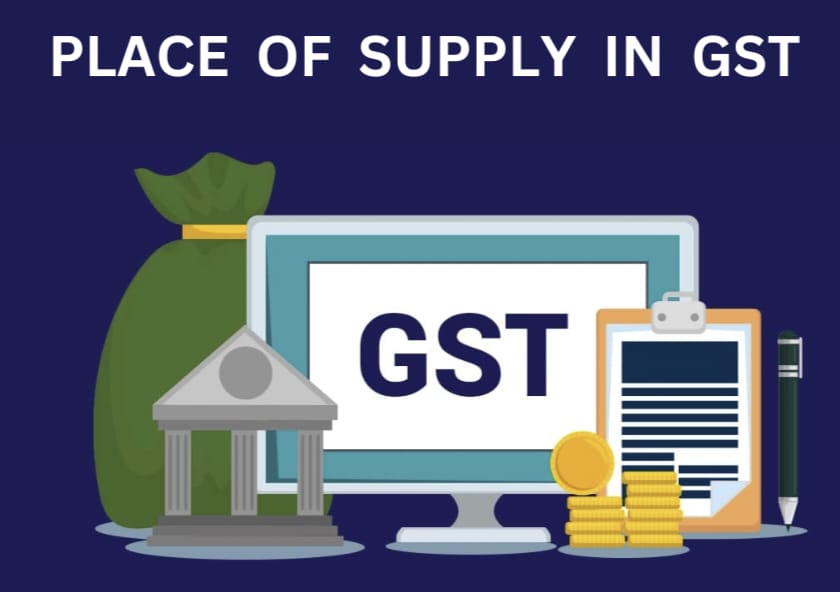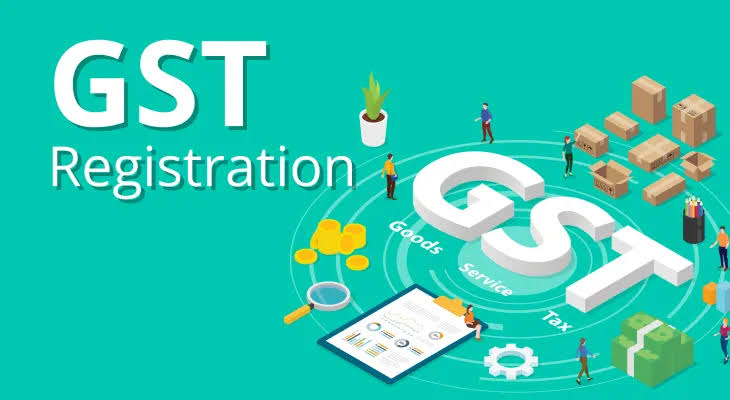Place of Supply in GST
The Place of Supply under GST is essential for
determining whether a transaction is intra-state or inter-state, which decides
the type of tax—SGST and CGST for intra-state or IGST for inter-state.
Understanding these rules ensures compliance and correct tax application.
Why is Place of Supply Important? and Place of Supply for Goods
Why
is Place of Supply Important?
·
Helps determine whether CGST, SGST, or
IGST applies.
·
Ensures proper tax credit flow between
states.
·
Prevents disputes over tax revenues
between states.
Place
of Supply for Goods :
The rules vary depending on the nature of the
transaction:
1.Movement
of Goods
·
Rule:
The place where goods are delivered to the recipient.
·
Example:
If goods are shipped from Delhi to Mumbai, the place of supply is Mumbai.
2.
Bill-to-Ship-to Model
·
Rule:
The principal place of business of the third party.
·
Example:
Goods are shipped to Hyderabad as instructed by a buyer in Bengaluru. The place
of supply is Bengaluru.
3.
Goods Without Movement
·
Rule:
The location of the goods at the time of delivery.
·
Example:
Machinery sold from a warehouse in Pune has its place of supply in Pune.
4.
Import and Export of Goods
·
Imports:
Place of supply is the importer’s location.
·
Exports:
Place of supply is outside India.
Place of Supply for Services, Special Transactions and Challenges
Place
of Supply for Services
Determining the place of supply for services depends
on the recipient’s or supplier’s location or the service's usage.
1.
General Rule
·
Rule:
The location of the recipient of the service.
·
Example:
A marketing service provided to a Kolkata firm has its place of supply in
Kolkata.
2.
Specific Services
·
Immovable
Property: Place of supply is where the property is located
(e.g., renting office space in Mumbai).
·
Performance-Based
Services: Place of supply is where the service is performed
(e.g., interior design in Delhi).
·
Transportation
of Goods: Place of supply is the recipient’s location or
where goods are handed over.
·
Telecommunication
Services: Place of supply is the recipient’s billing address.
Special
Transactions :
·
E-Commerce
Transactions: Place of supply depends on the
recipient’s location.
·
Continuous
Supply: For recurring services like electricity or leasing,
place of supply is based on periodic payments.
Challenges
in Determining Place of Supply :
·
Ambiguity:
Some services, like software development, may not clearly fit into predefined
categories.
·
Cross-Border
Issues: Determining whether IGST or SGST/CGST applies can
sometimes be complex.
Conclusion
Understanding the rules for determining the place of
supply is crucial for GST compliance. It helps businesses avoid errors in tax
application, prevents penalties, and ensures smooth operations. Proper
classification is vital for maintaining good relations with tax authorities and
business partners.






